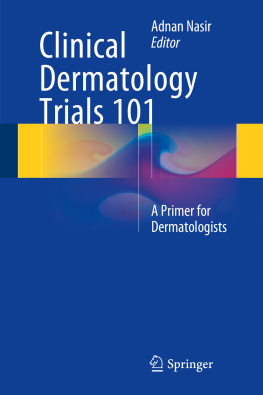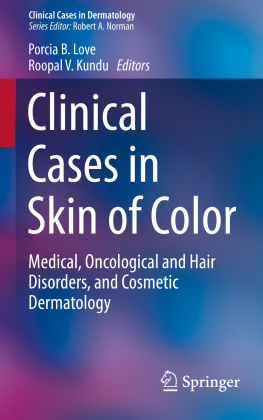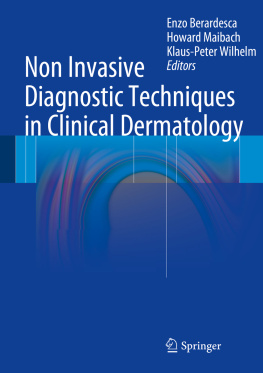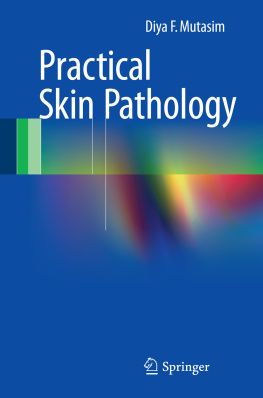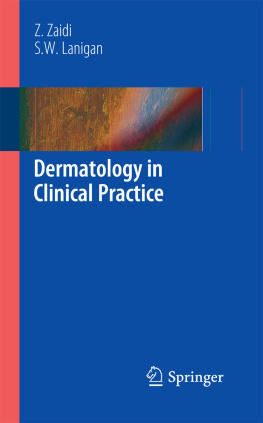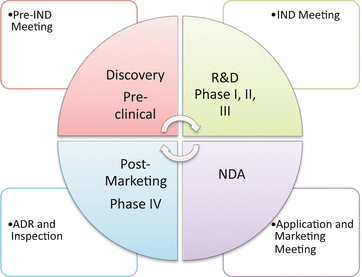1. History and Background
We choose to go to the moon. We choose to go to the moon (interrupted by applause) we choose to go to the moon in this decade and do the other things, not because they are easy, but because they are hard, because that goal will serve to organize and measure the best of our energies and skills, because that challenge is one that we are willing to accept, one we are unwilling to postpone, and one which we intend to win, and the others, too.
John F. Kennedy, Jr.
12 September 1962
Rice University
1.1 Ancient Origins
Clinical trials have an ancient and multifarious history. Some of the earliest descriptions are separated by only a few centuries but nearly six thousands of miles. Many of these trials were observational, involving case studies to develop a body of medical knowledge. They have evolved over nearly five millennia into the complex enterprise of the modern era (Fig. ).
Fig. 1.1
Medication research involves a Life Cycle which starts with observation of a clinical or basic science phenomenon. The observation leads to testable hypotheses, which point the way to a biological mechanism of disease. Confirmed hypotheses lead to potential diagnostic tools or therapies which are further tested and refined in preclinical and clinical phases. In the post-marketing phase, feedback from the real world of the clinic generates new observations, which lead to further testable hypotheses, and the cycle continues. Thus clinical research begins and ends with humans in our environment
1.2 Imhotep
Imhotep lived around 3000 BC. A polymath, Imhotep was an astronomer, conjurer, priest, architect, dentist, surgeon, and pharmacobotanist. While debated, he is believed to be the author of the Edwin Smith Papyrus. In it, there are 48 detailed clinical case studies, demarcated by organ system. The case reports are written like modern day SOAP notes. Each case is given a title, which suggests the presenting nature of the problem. The title is followed by an inspection and examination of the patient. This is followed by a diagnosis, prognosis, and treatment plan. The case studies provide detailed knowledge of organ function. It contains the first written reference to the brain. The relationship of brain and spinal injuries to paralysis are described, such as an understanding that crush injuries of the spine affect the body differently at each spinal level. The depth of medical knowledge and physiology in the papyrus suggested a sophistication that exceeded Hippocrates and preceded him by nearly 2500 years.
1.3 Shen Nong
Shen Nong ( ]. It consists of three volumes. The first describes the beneficial effects of nontoxic stimulants such as ginseng, orange, and cinnamon. The second volume covers extracts used to treat human disease such as cucumber and ginger. These are listed as mildly toxic. The third volume catalogs toxic substances such as those derived from peach pits and rhubarb.
1.4 Hippocrates
Hippocrates of Kos (400 BC) promoted medical ethics and professionalism through his Oath []. He was a proponent of natural (as opposed to supernatural or divine) causes of disease. He developed a theory of medicine that disease was not a punishment for sin but caused by environmental factors or lifestyle. He contributed 42 case reports to the medical literature. He described dermatologic phenomena such as clubbing. He was the first to use the Greek word Karkinos to describe the crab-like extensions of blood vessels to a central bulbous tumor mass.
1.5 Sushutra
A near contemporary of Hippocrates, Sushruta (600 BC) of Varanasi wrote a surgical text, the Sushruta Samhita (), which described detailed skin surgery, plastic surgery, and reconstructive surgery including rotation flaps and pedicle flaps. To maximize training and minimize harm to patients Sushruta Samhita outlines meticulous practice of procedures on vegetables, plants, bamboo, animal skin, and dead animals.
1.6 Galen
Galen (, meaning calm) of Pergamon (150 BC), a patricians son, was a philosopher and physician to emperors Marcus Aurelius, Commodus, and Septimius Severus []. One of the most prolific authors of medicine and philosophy in ancient Greece, he is believed to have written or dictated nearly ten million words, a third of which survive. He has written major texts on physiology, anatomy, pharmacology, and diseases. He described several important diseases, such as the Antonine Plague (likely smallpox). He conducted animal experiments to understand human disease. He performed dissections on living and dead animals. He studied the four humors (blood, phlegm, yellow bile, and black bile) of Hippocrates time. In animal studies, he made the distinction between venous (dark red) and arterial (bright red) circulation. In a form of Imhotep redux, he transected the spinal cords of animals to show paralysis and inferred his findings applied to human disease.
1.7 The Middle Ages
Many of the Galenic texts were translated into Arabic and contributed to the rise of Islamic medicine during the Dark Ages and early Middle Ages. During this period, pharmaceuticals such as opiates were commonly found along trade routes. Animal studies were done. The beginnings of the understanding of anatomy and physiology were developed through animal studies and ultimately work on human cadavers. Theories of disease went from supernatural to natural. Experiments done on human subjects involved controls. The concept of consent was developed.
1.8 Avicenna
Avicenna ( ) of Bukhara (1000 AD) wrote the Canon of Medicine ( ) In it, he expands on the work of Galen and describes investigational pharmaceutical principles which hold to this day, including use of pure drug, dose escalation, control groups, reproducibility, confirmation of animal tests in human subjects, and long-term observation [].
1.9 Circulation
In the seventeenth century, blood and the circulation became better understood, through the work of William Harveywho described circulation through the heart, lungs, body, and backand Richard Lower and Edmund King who performed early blood transfusions. In Galens time, the blood was believed to go from the left side of the heart to the right through small pores or perforations in the septum. Harvey and his contemporaries were able to show the pulmonary circulation as the bridge between the right and left ventricles.
1.10 Scurvy
James Lind, 1747 AD, developed the concept of a control group. He performed a study of scurvy, dividing 12 sailors into 6 groups of pairs []. The pairs who were given cider, seawater, vinegar, sulfuric acid, or a mixture of nutmeg/garlic/horseradish did not improve. Only the group given one lemon daily improved. Scholars have since critiqued the lack of informed consent in Linds study.

